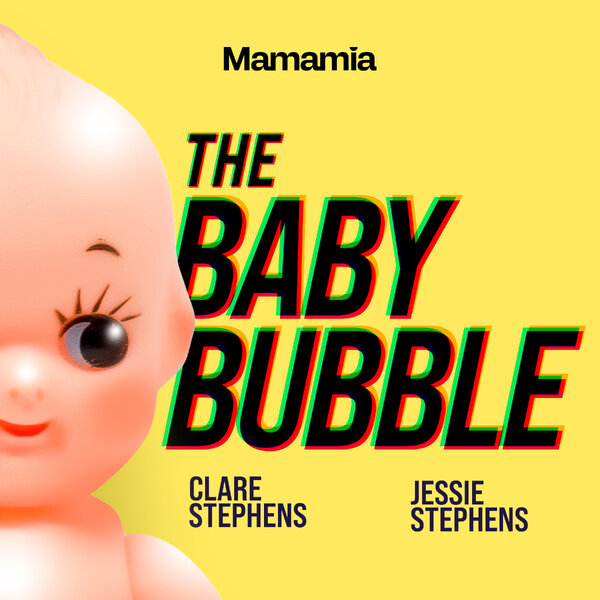It’s a real tragedy that women in many societies are completely removed from one of the most natural, ancient and normal ways of mothering our growing children.
I posted this picture of myself breastfeeding my two year old. As my followers on Facebook and blog are people (mostly women) who support breastfeeding to natural term, the overwhelming majority of the comments were not only supportive but many of them were understanding and in the same position as myself, breastfeeding a “huge” toddler.
Unfortunately since we don’t see it often enough, or for many of us we never actually see it; breastfeeding to natural term (past babyhood) is often criticised or seen as weird and not “necessary.”
The ‘ol “just give them a cup” argument… Here are two comments I recieved:
Meg breastfeeding her son.
“I’m all for breast is best for babies and nurse in public etc. But when your child is walking around capable of a normal diet is it really necessary? Possibly give them a cup.”
“This is wrong on so many levels! Once the kid can eat a healthy diet with his own teeth- the boob should be shut down!”
In response, here are my 9 reasons that my child is not “too old” to breastfeed:
Reason #1.
Cups and his ability to eat and drink things besides my milk has nothing to do with weaning. Natural weaning happens gradually (not abruptly) over a period of time, ideally when the child is ready…not when they start drinking from a cup or eating foods. Also, a “normal diet” for a baby and toddler actually includes breastmilk.
Dr. Dettwyler, an anthropologist who has done extensive research into the natural age of weaning suggests that the “natural” duration of breastfeeding among human, speaking biologically/physiologically, would be somewhere between 2.5 years and 7.0 years [1]. Normality is culturally defined. Normal is not normal unless we (as a society) see it as such. Unfortunately most of us do not see this during our day to day life and feel as though breastfeeding is not a normal part of a toddler’s diet.


Top Comments
Good on you, I weaned at 13 months because I wasn't enjoying it anymore. I did love it for a while there though. WHO recommends until 2 anyways so thats a great achievement!
Yuck